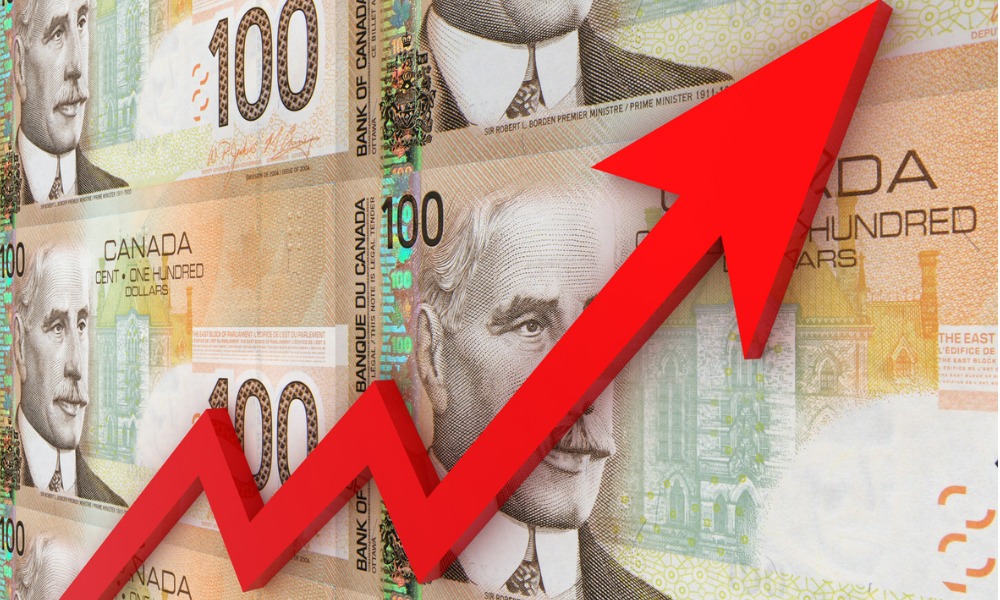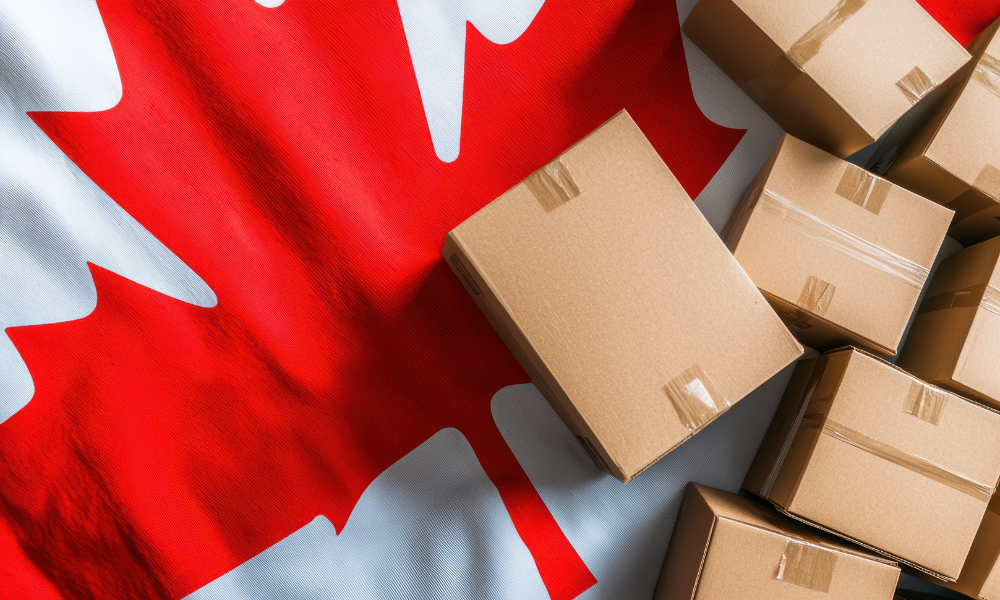Chief Fixed Income Strategist unpacks rising core inflation and the broader slowing of the Canadian economy

Despite a topline number that did not surprise analysts, Canada’s CPI print contained a few potentially worrying figures. While headline inflation sitting at 1.9 per cent, most analysts could take the news with a bit of a shrug. The trouble is, the Bank of Canada’s preferred core inflation indices — median and trim — have both moved above three per cent.
Dustin Reid, VP and Chief Fixed Income Strategist at Mackenzie Investments, explained what this CPI print means in the context of broader economic weakness and worsening unemployment. He outlined the impact tariff-related uncertainty is having on the Canadian economy and how fixed income markets are reacting to this print. He grappled, too, with the question of whether Canada is now headed into a period of stagflation.
“There are stagflationary tendencies,” Ried says. “It depends on your definition of stagflation. A lot of people would say that stagflation, at least from a growth perspective, has to have zero or negative growth, and we haven't really experienced that yet here in terms of headline numbers… At the same time, it will not take much more over the next quarter or two, if we look at core CPI and we continue to see growth slow, we could be in a very mild stagflation environment.”
Reid stresses that while that term may grab attention, we are not headed into a period of ‘textbook stagflation’ that we saw in the 1970s, with sustained negative growth and high inflation. Nevertheless, the Canadian economy is not exactly on strong footing. The CPI report highlighted significant cost increases in key inputs for products like automobiles and furniture. Goods, materials, and labour are all becoming more expensive and Canadian consumers are continuing to struggle. Necessities are gaining in price and Reid notes that Canadians on the lower and middle ends of the income spectrum look set to struggle the most.
While tariffs might be an easy scapegoat for cost increases, Reid notes that the uncertain regime around trade with the United States has resulted more in delays to long-term investment, rather than immediate cost jumps. Businesses are citing tariff uncertainty as reasons to pause R&D, capital projects, and new hiring. Executives are struggling to determine how they will allocate capital because they don’t yet know what trade with our largest economic partner will look like. Consumers are sharing some of that caution, delaying big purchases until they gain some clarity.
The high core number in the June CPI print should push the Bank of Canada even further from a cut, in Reid’s view. Despite higher unemployment, especially among young people, markets see a July cut as now very unlikely. The central bank will probably want to see how US data and policy develops before they go into their meeting in September, where a cut is still possible if not highly likely.
Reid believes the Bank of Canada is currently sitting quite happily at its neutral range for the economy, and has a further fifty basis points of cutting that it could do before it approaches stimulatory.
Looking at global fixed income markets, Reid notes that yield curves have been steepening globally over the last several quarters. Much of that steepening, both in Canada and globally, has been driven more by fiscal policy than monetary policy. The role of sovereign debt levels have seen rates on longer-term bonds rise and the fact that the Liberal government’s upcoming budget may come with a higher deficit than was projected in their election platform means bond investors are a bit concerned about debt issuances. The problem with a steepening yield curve, from a policy standpoint, is that the central bank has less control the longer-dated a bond is.
For advisors and their clients, the word ‘stagflation’ can be a bit fear-inducing. For those clients worried about inflation, Reid suggests portfolio construction aimed at outpacing and softening the impact of inflation, things like real return bonds and value equities. Real assets, commodities, and gold have also sown some promise in an uncertain environment.
“If your clients are concerned about, particularly the inflation side within a stagflationary tendency environment, those are the types of things that you would want to be thinking about adding to portfolios to help round out a balanced portfolio in this economic environment,” Ried says.



